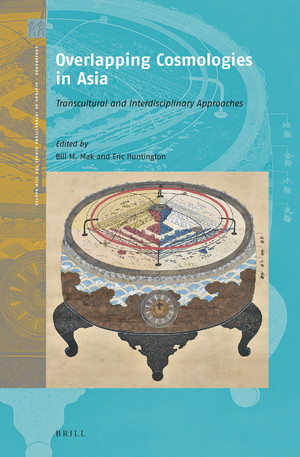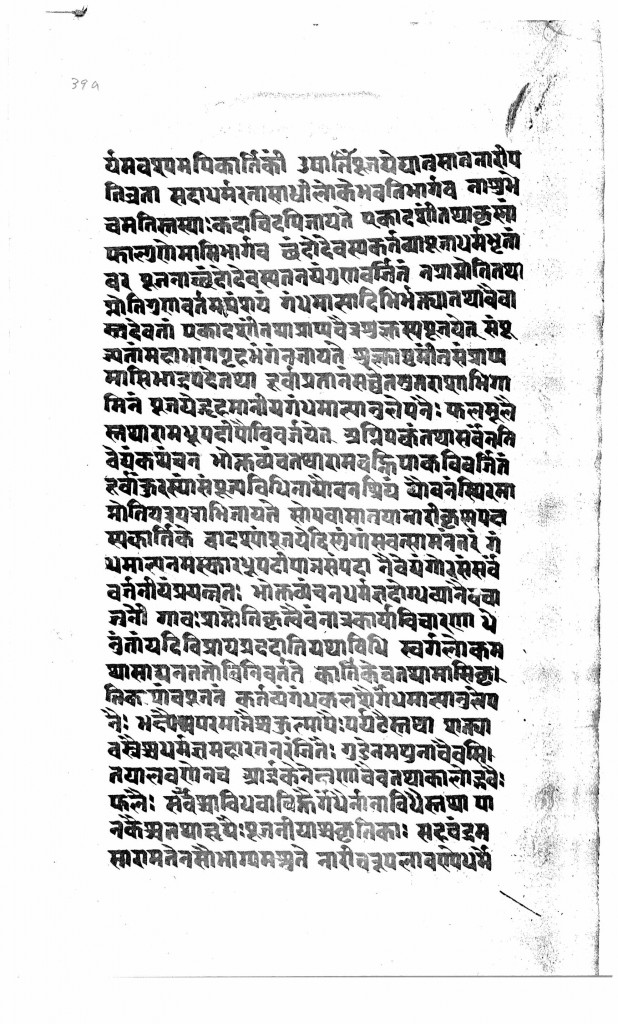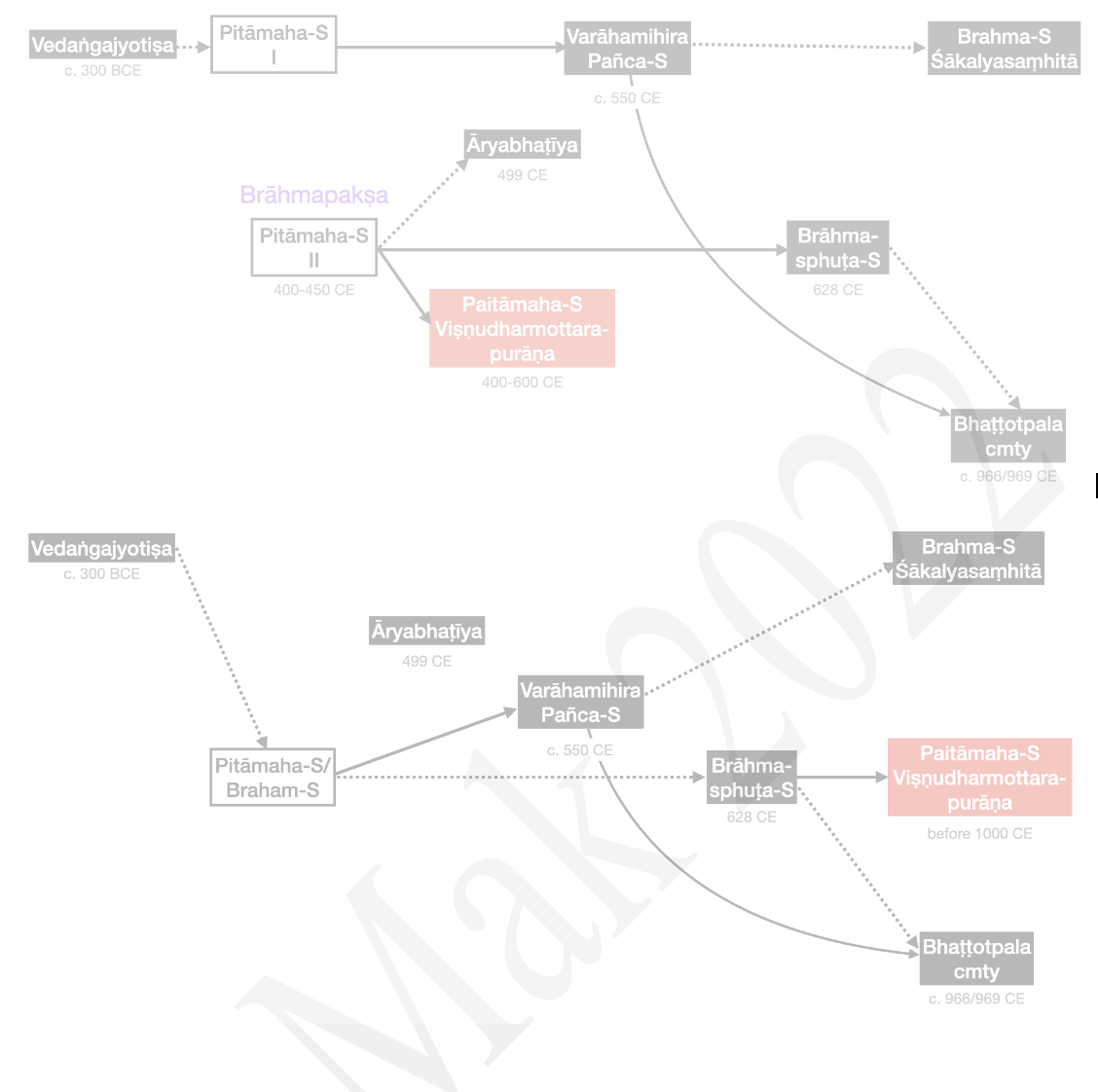新一年,決心多用中文寫作
新一年,決心多用中文寫作。
過去寫作,不管是個人創作,工作書信,還是學術文章,都以英文居多。去年簽了兩本中文書的稿約,還有社科院《小品般若》梵漢對勘本,拖延了近十年,看來不可以再耽誤。日後中文出書的機會預計不少,所以一定要把中文寫得順暢。慚愧的說,我的日語,甚至世界語的文章,比中文的還要多。這幾年在書院裡改不少中文卷,學生的文筆比我的好,我倒要向他們學習。
除此之外,還有什麼願望?
學術著作方面,當然Routledge的那本書一定要上半年內完成。已經逾期一年多,本來預算在劍橋定稿,疫情爆發給我添了一個延誤的藉口。其他幾個項目,已接近完成,成果指日可待。Brill的「古代東亞宇宙觀」論文集上月最後定稿,預算四月出版,內容質量我還算滿意,合編者Eric功不可沒,從編輯、修改,到索引,整個過程都十分細心,一個近七年的跨國跨學科的研究項目,從日本開始、途徑德、美、英多國,最後回到香港,總算劃上句號。

SCIAMVS一比較長的文章,今天主編又催稿了。這篇文章的靈感,來自2013年跟矢野教授的一場對話,當時矢野教授提及到他的一位學生杉田女士,年紀要比教授大,但對印度天文學文獻的研究十分熱心,90年代時把一批梵文天文學文獻數據化並公諸於世,回饋學界。杉田女士當時打算修讀博士課程,遺憾丈夫突然得病,無奈棄學歸家照料家人。矢野教授已經退休了,杉田的研究課題二十年來無人問津,其中涉及到有關印度Brāhmapakṣa「梵派」天文學早期天文學文獻的問題,正是現在我這篇文章的題目。幾年前離開日本前,我跟矢野教授一同到静岡探望杉田女士,眼見兩位長者都沒有繼續文獻考證的工作了,我心想我也換了老花鏡,寫本的工作必須趁著眼睛還好時完成。
 2018年矢野教授和我花了幾個月的時間,先把Paitāmahasiddhānta印刷版的內容讀了一遍。接著我搜集了幾部寫本,開始進行精挍工作。其實當時比較關心的是Gargasaṃhitā(Gārgīyajyotiṣa)的校對和出版,所以Paitāmahasiddhānta做得比較慢。最後第一二章內容整理出來,2019年1月在孟買IIT大學會議時發表,同年3月又在哥本哈根大學工作坊跟其他梵文學者細讀原文,當時Martin Gansten給我提供了不少寶貴的意見。這篇文章本來打算在古代印度數學期刊Gaṇita Bhāratī刊登,後來編輯覺得數學內容不足,探討的問題主要為歷史與文獻,於是決定投稿SCIAMVS。由於過去在SCIAMVS已經投過兩次稿,程序和格式都熟悉,稿件很快就接了,並得到兩位匿名審評的認可。其中一名審評給我提供了大量意見,密密麻麻五六頁紙,涉及很多異常複雜的問題,大半年來一直抽不出時間來改稿。不過這次主編連同矢野教授也來催稿,不得不就範,上週開始馬不停蹄的改,越看越不滿意,無論如何下週一得交稿。這篇文章涉及兩位教授,Pingree和Van der Waerden近三十年對古代印度天文學源流的爭論,我拿出了新的證據,試圖提供一個最合理的結論。做得不好也算一個交待,反正梵文的精挍本出版了大家可以批評指正。
2018年矢野教授和我花了幾個月的時間,先把Paitāmahasiddhānta印刷版的內容讀了一遍。接著我搜集了幾部寫本,開始進行精挍工作。其實當時比較關心的是Gargasaṃhitā(Gārgīyajyotiṣa)的校對和出版,所以Paitāmahasiddhānta做得比較慢。最後第一二章內容整理出來,2019年1月在孟買IIT大學會議時發表,同年3月又在哥本哈根大學工作坊跟其他梵文學者細讀原文,當時Martin Gansten給我提供了不少寶貴的意見。這篇文章本來打算在古代印度數學期刊Gaṇita Bhāratī刊登,後來編輯覺得數學內容不足,探討的問題主要為歷史與文獻,於是決定投稿SCIAMVS。由於過去在SCIAMVS已經投過兩次稿,程序和格式都熟悉,稿件很快就接了,並得到兩位匿名審評的認可。其中一名審評給我提供了大量意見,密密麻麻五六頁紙,涉及很多異常複雜的問題,大半年來一直抽不出時間來改稿。不過這次主編連同矢野教授也來催稿,不得不就範,上週開始馬不停蹄的改,越看越不滿意,無論如何下週一得交稿。這篇文章涉及兩位教授,Pingree和Van der Waerden近三十年對古代印度天文學源流的爭論,我拿出了新的證據,試圖提供一個最合理的結論。做得不好也算一個交待,反正梵文的精挍本出版了大家可以批評指正。

若干年後,這些早期梵文天文學的文獻需要整理出版。上月MLBD一個主編跟我聯繫,問我有沒有新作打算出版,現在先不想,關鍵是先把手上必須完成的做好後再說。
